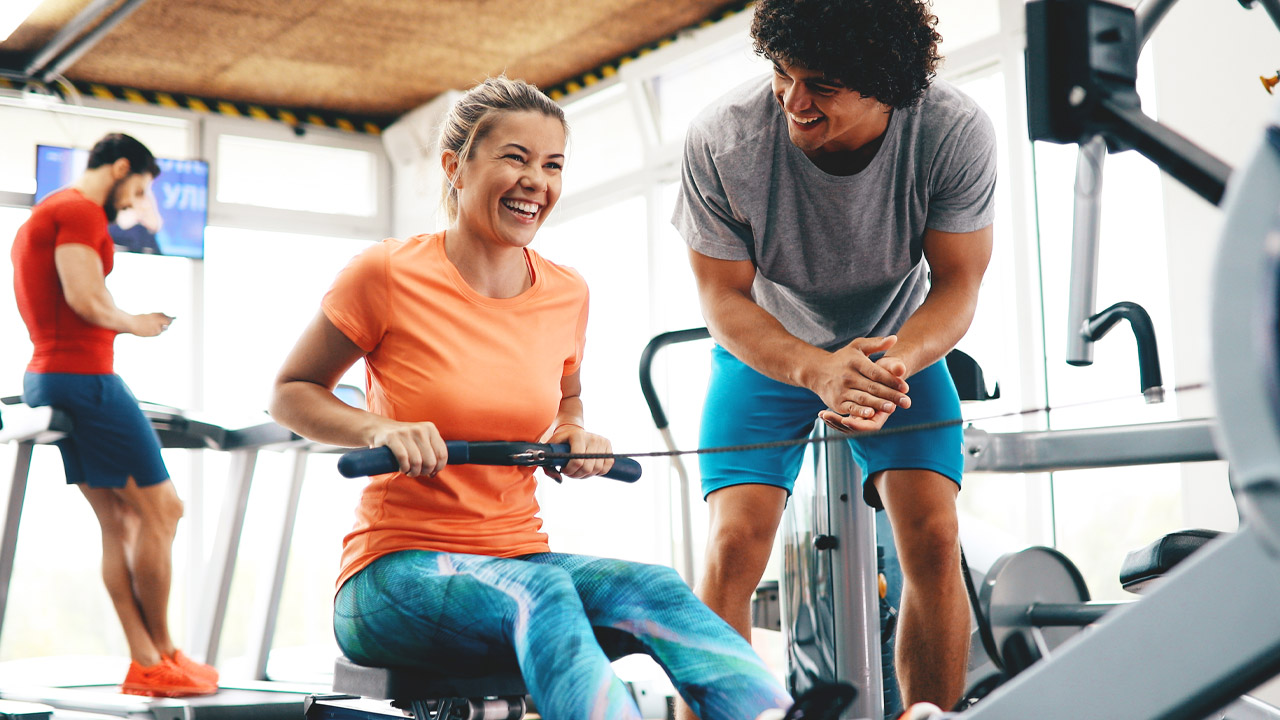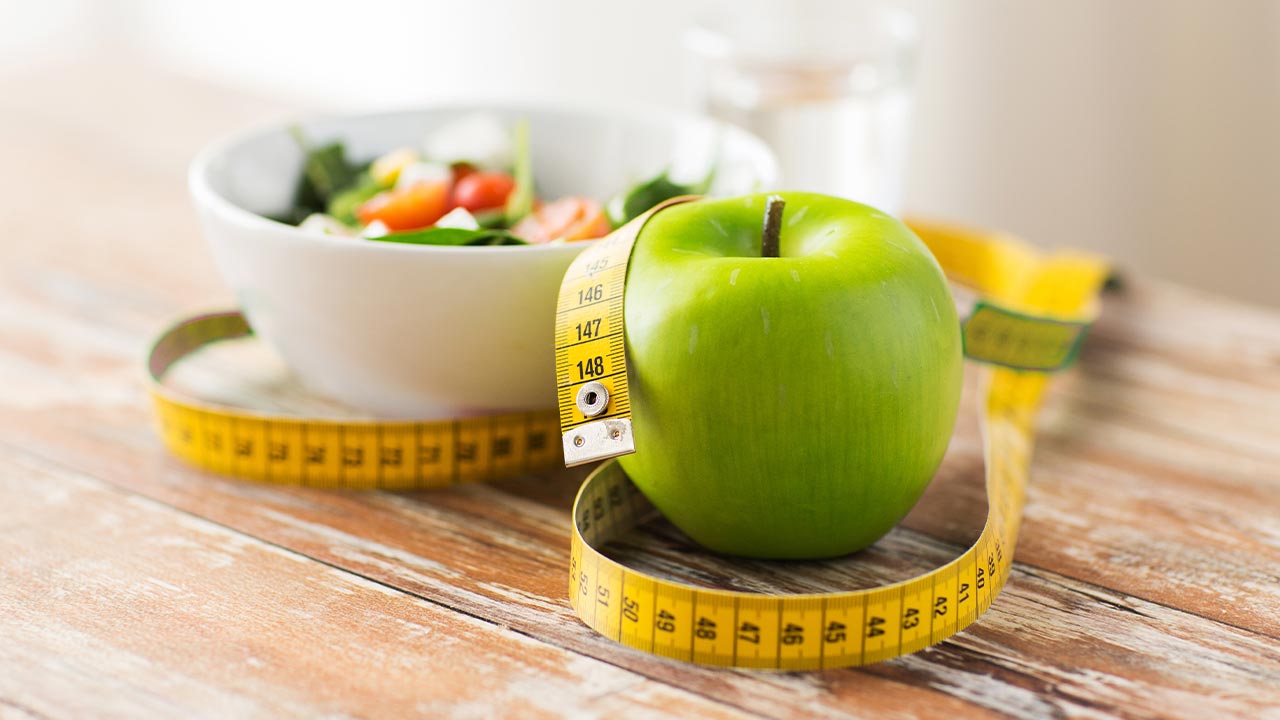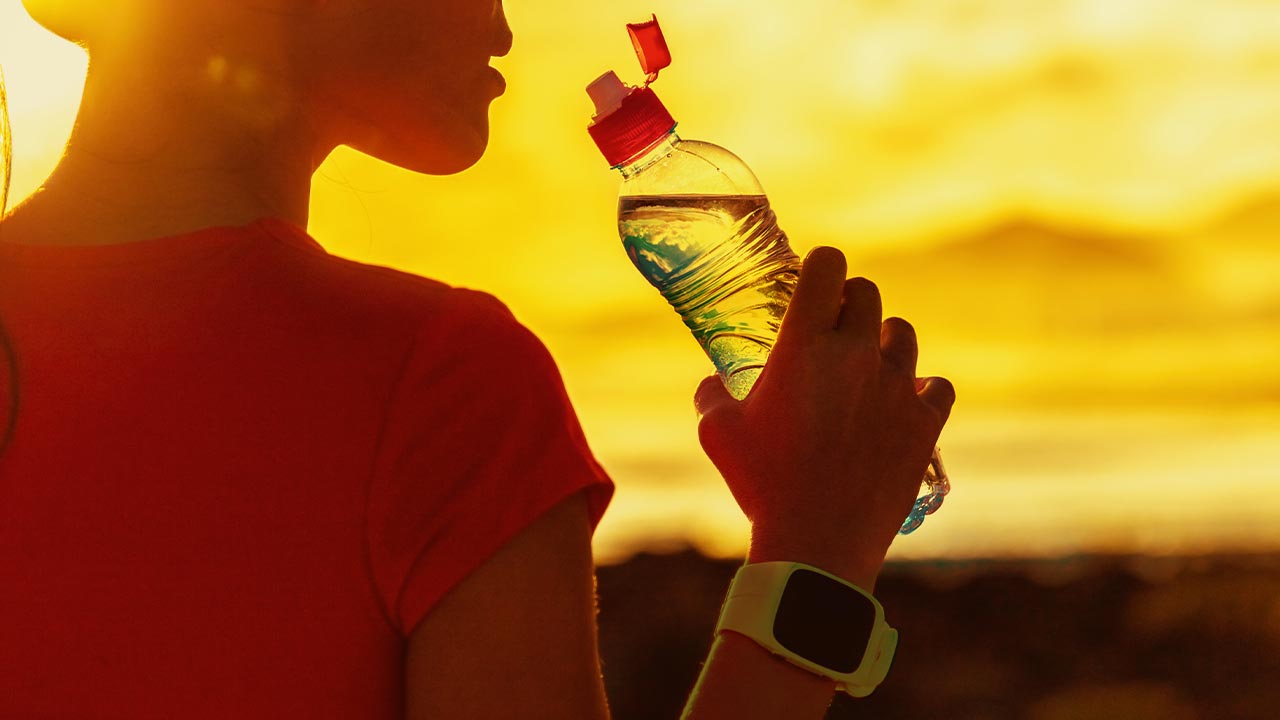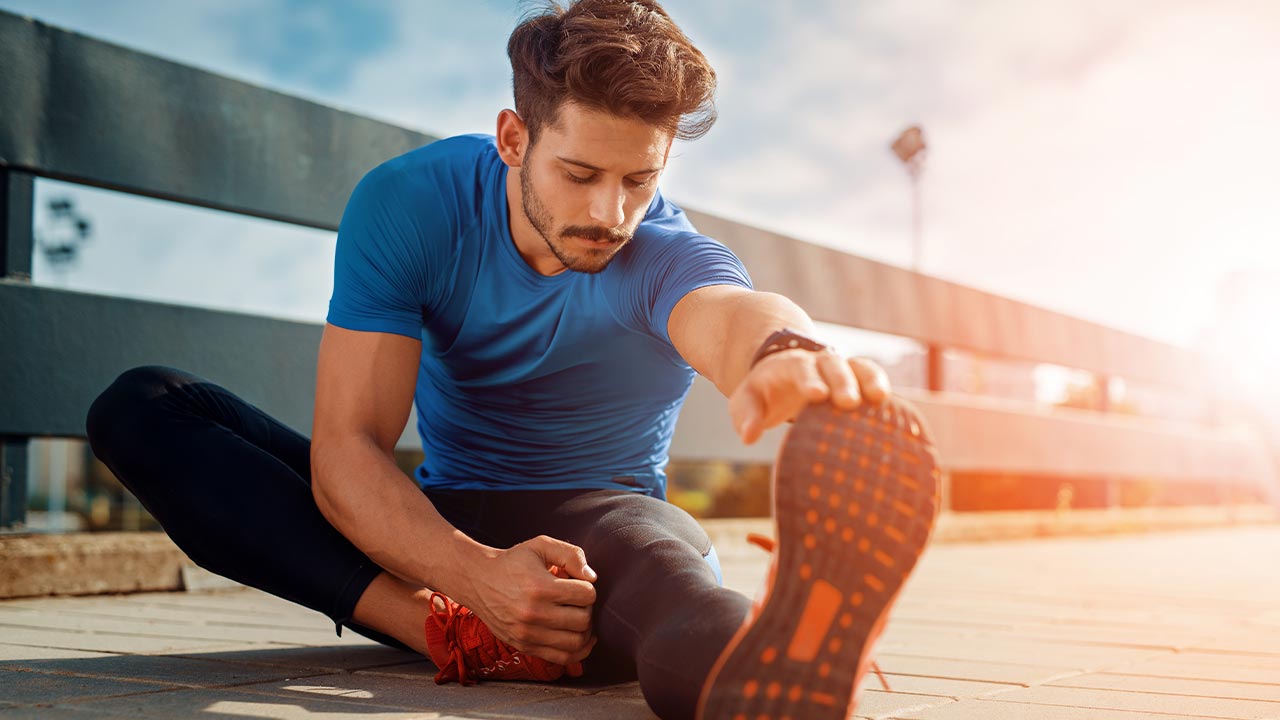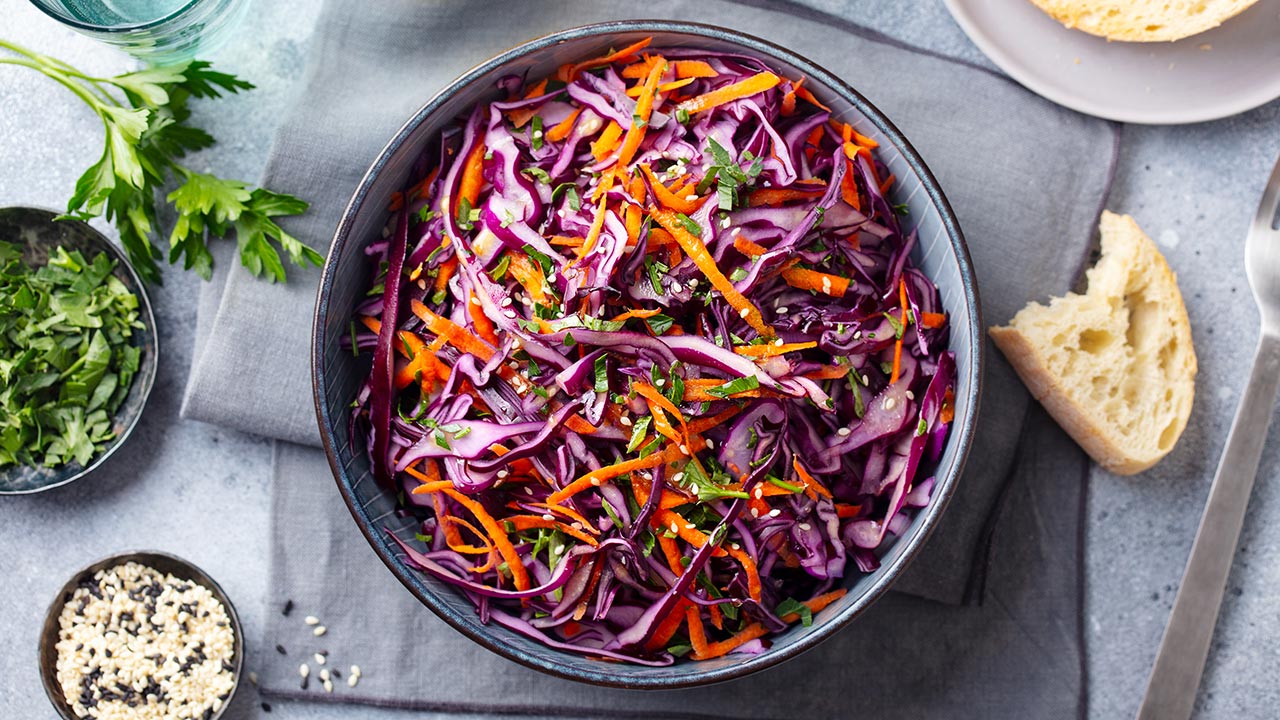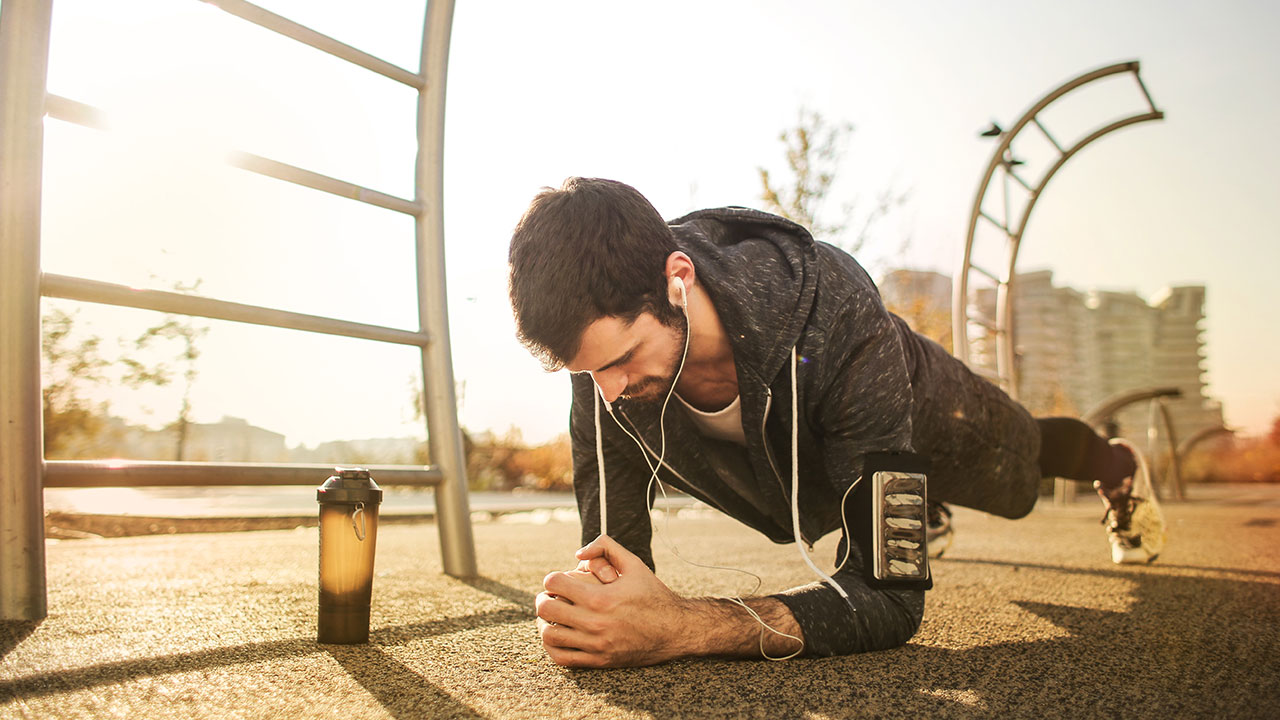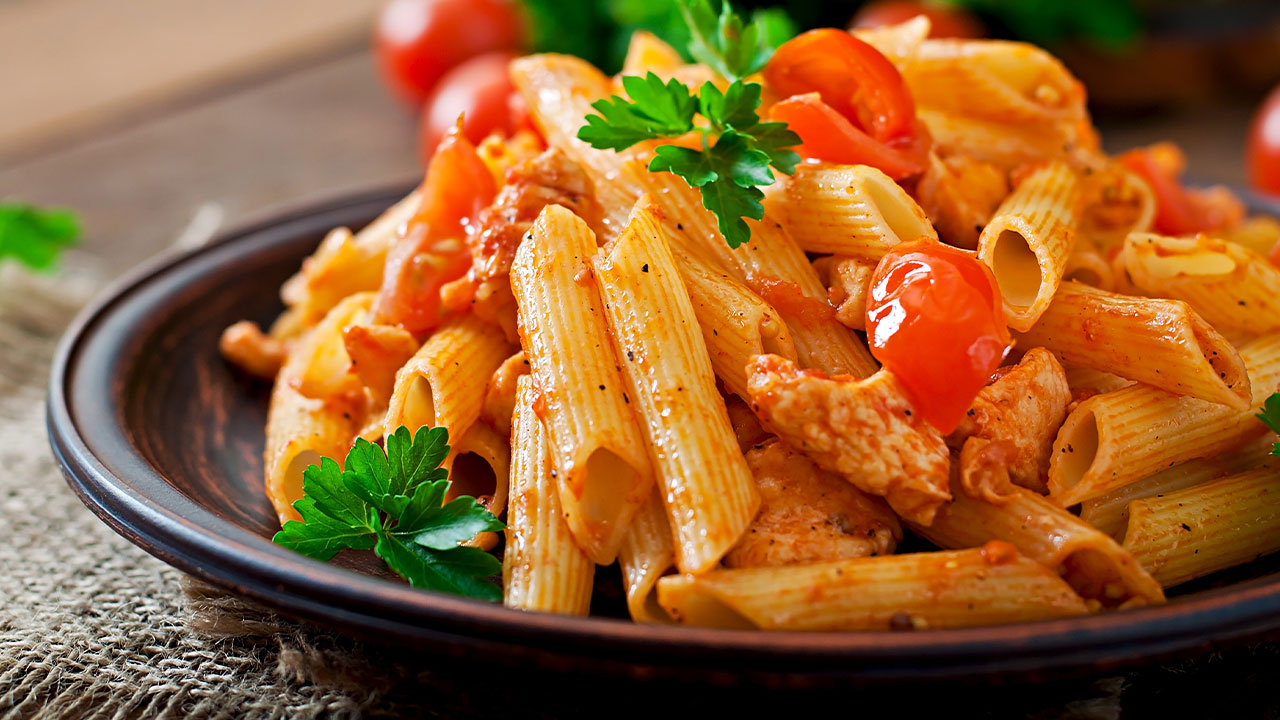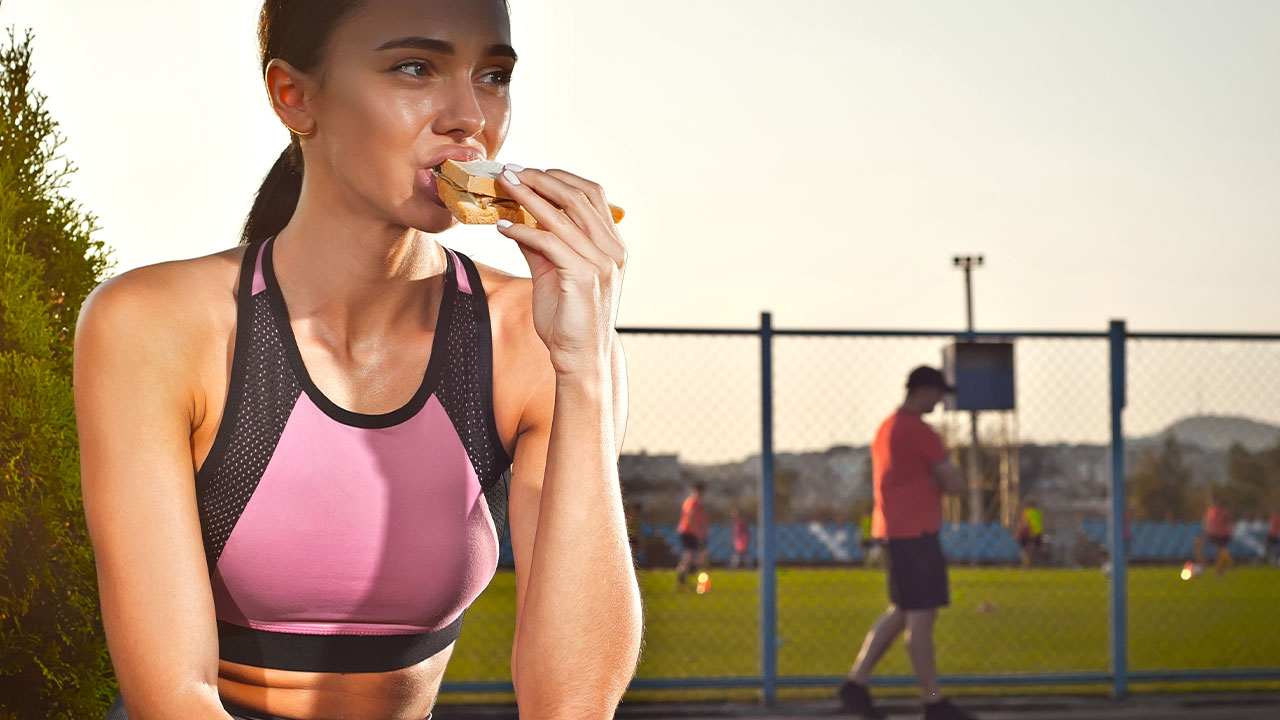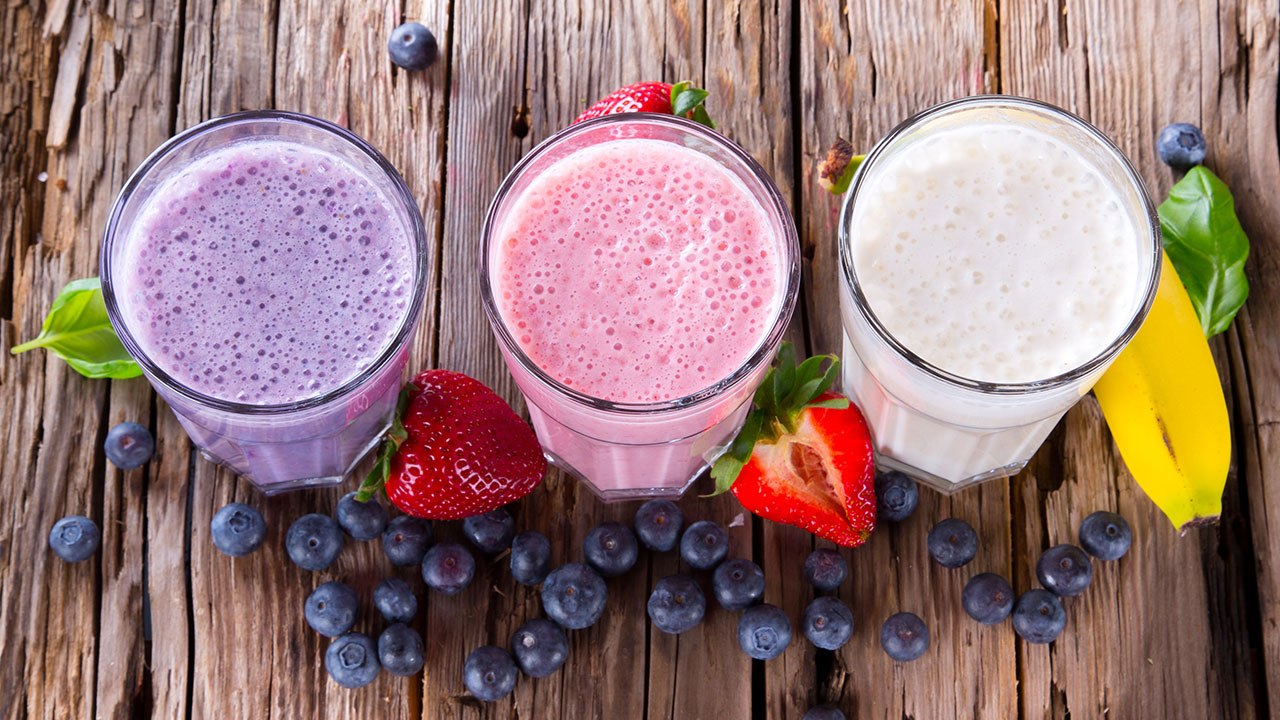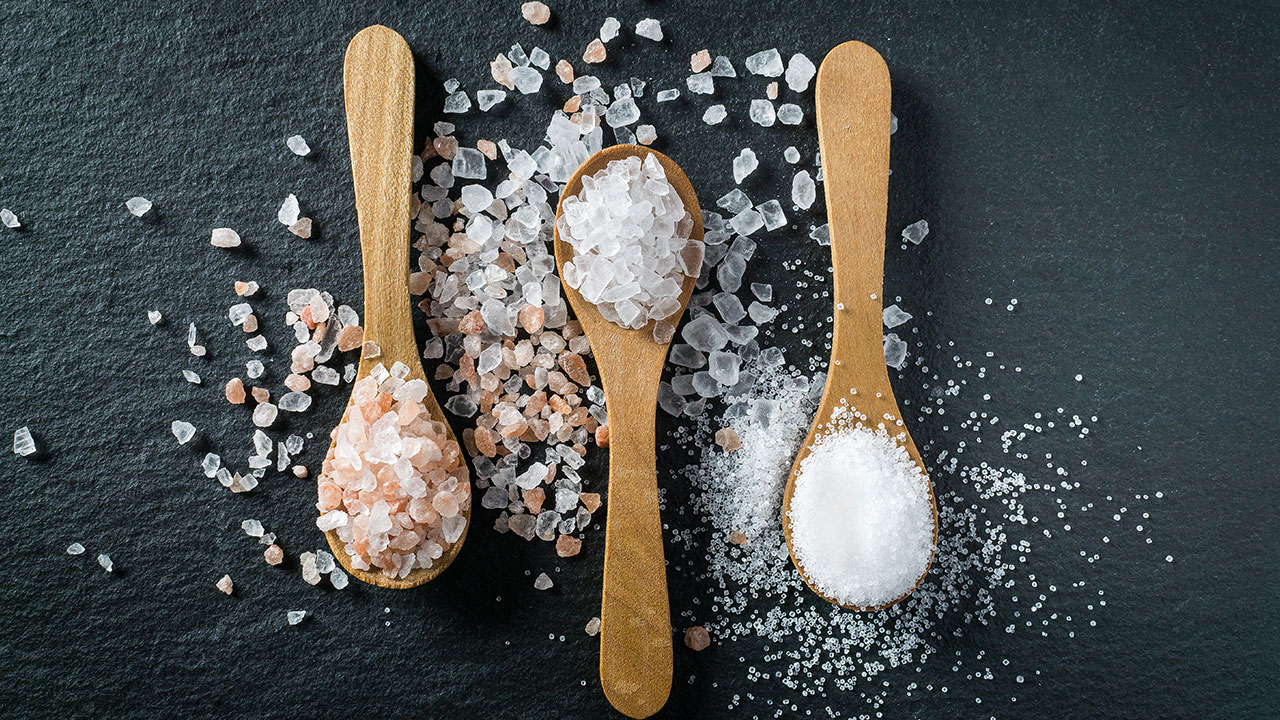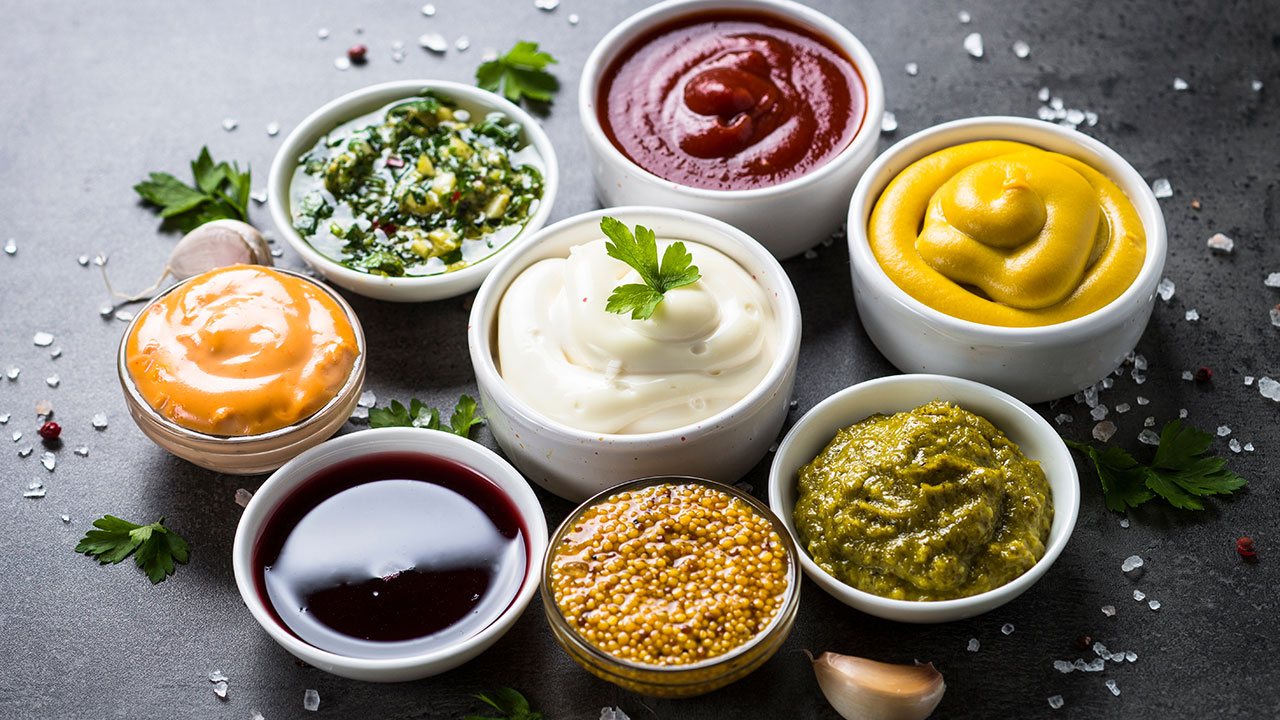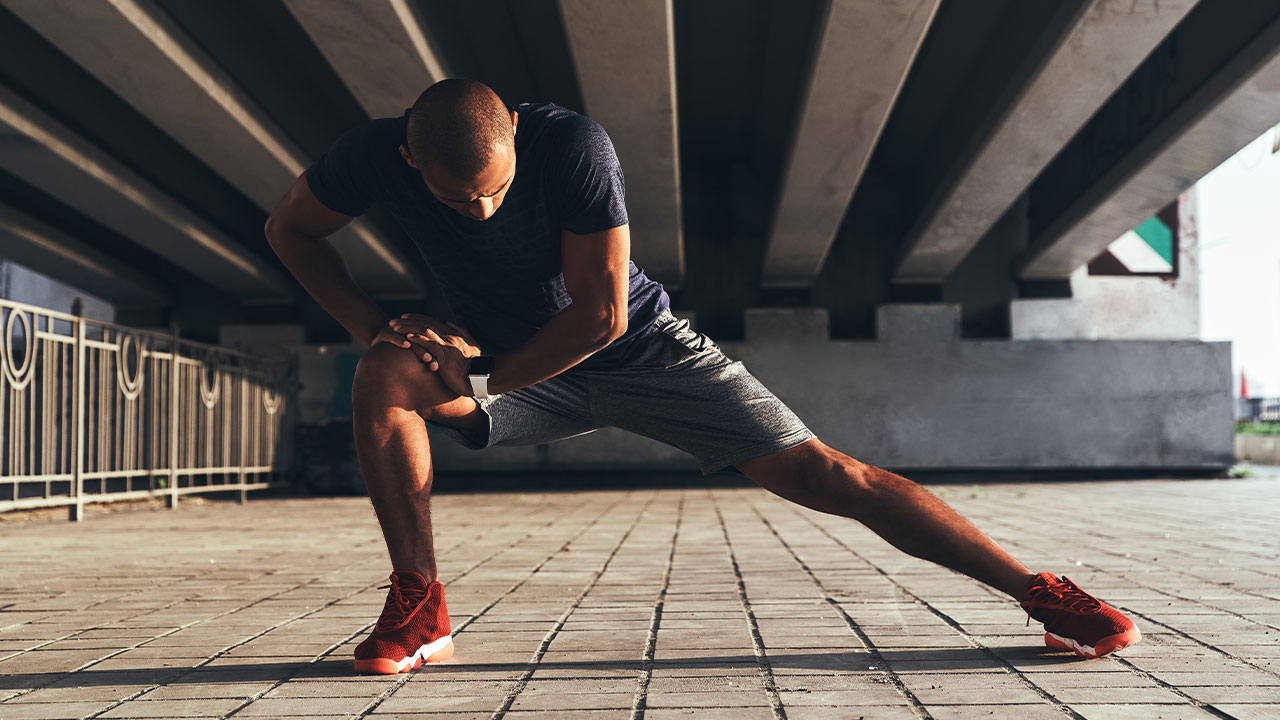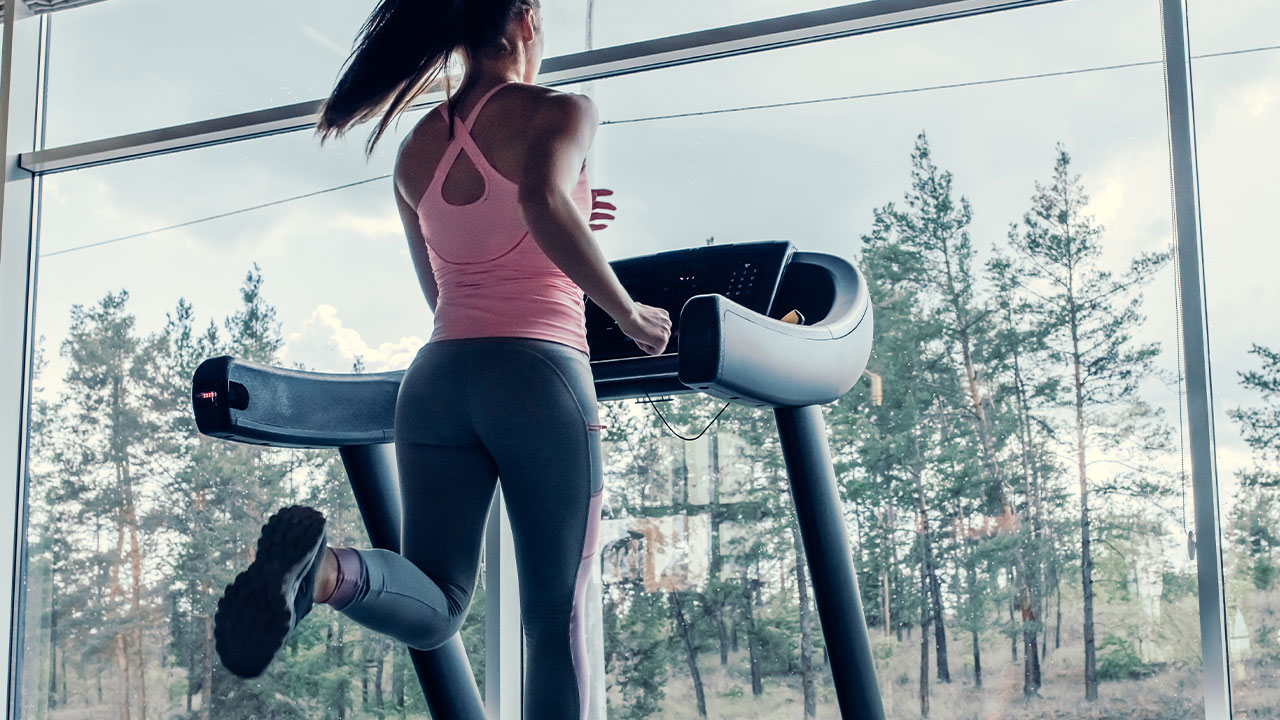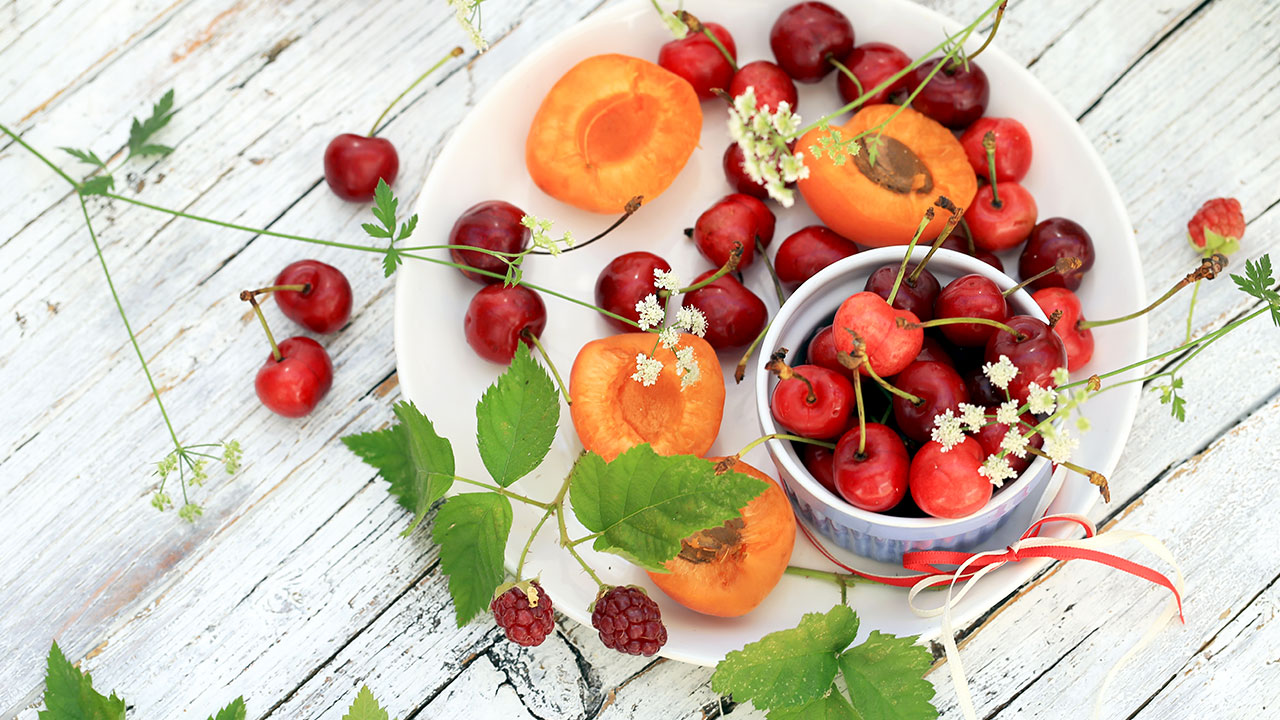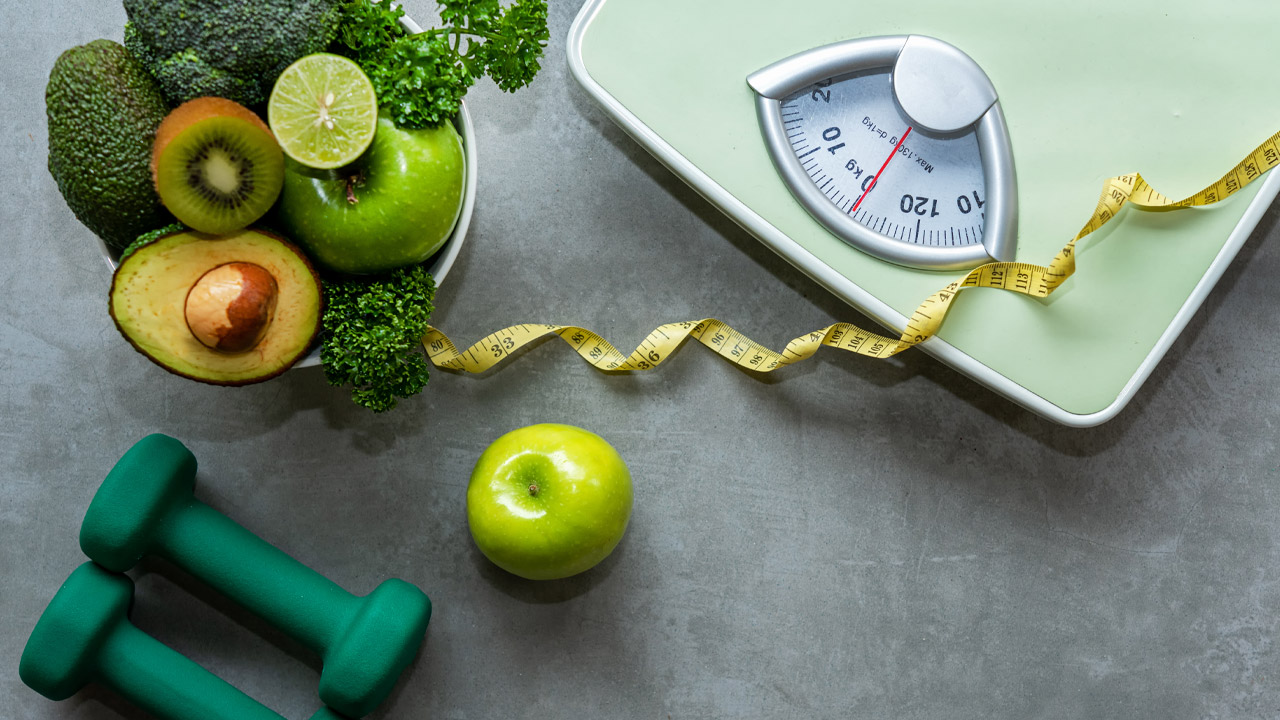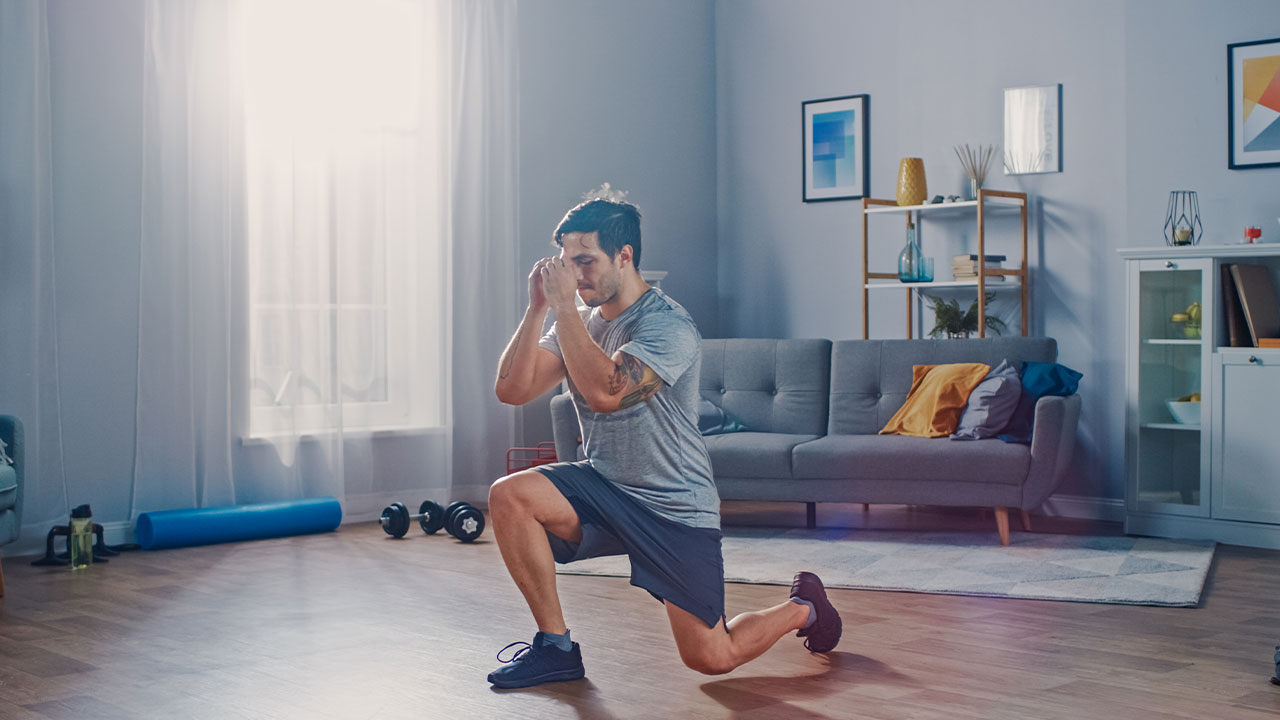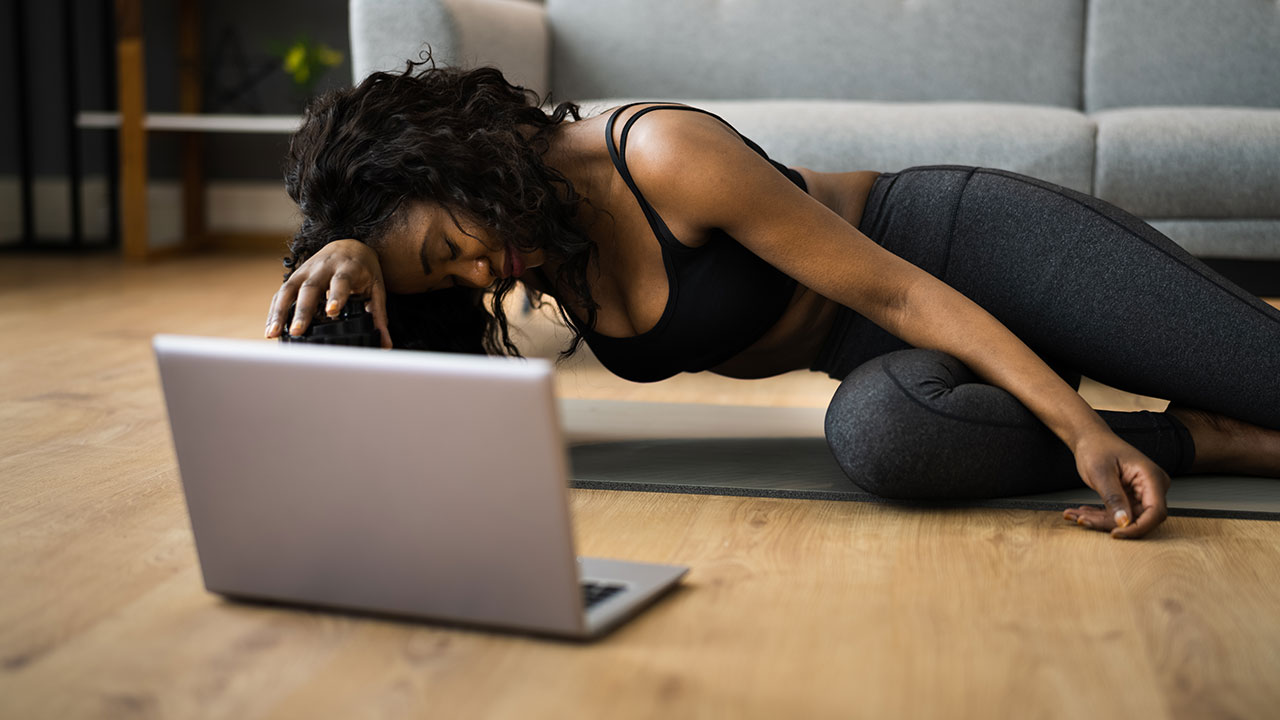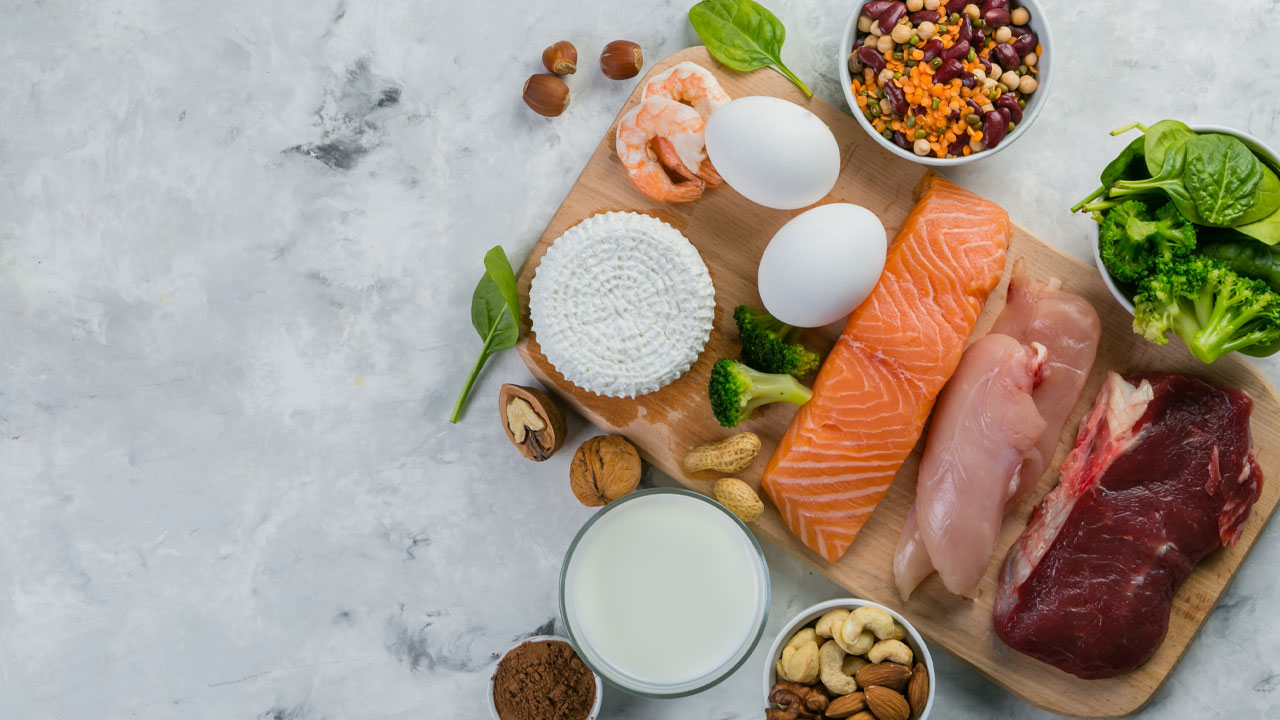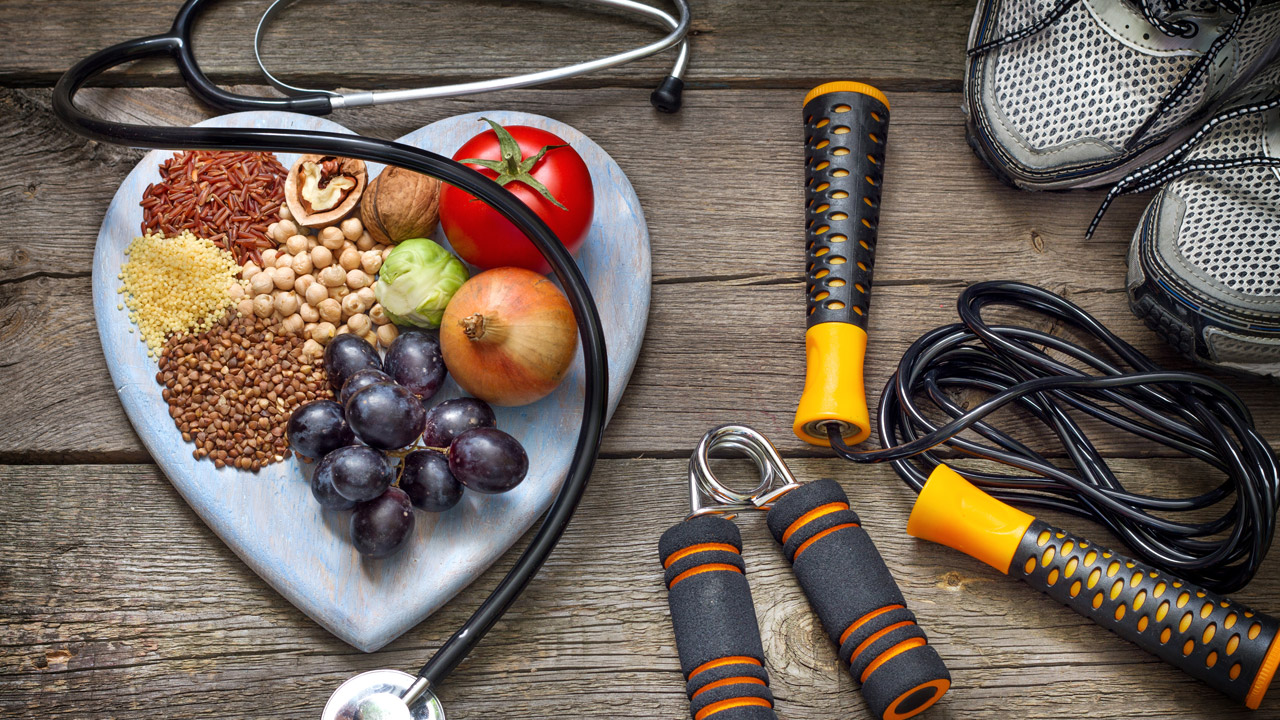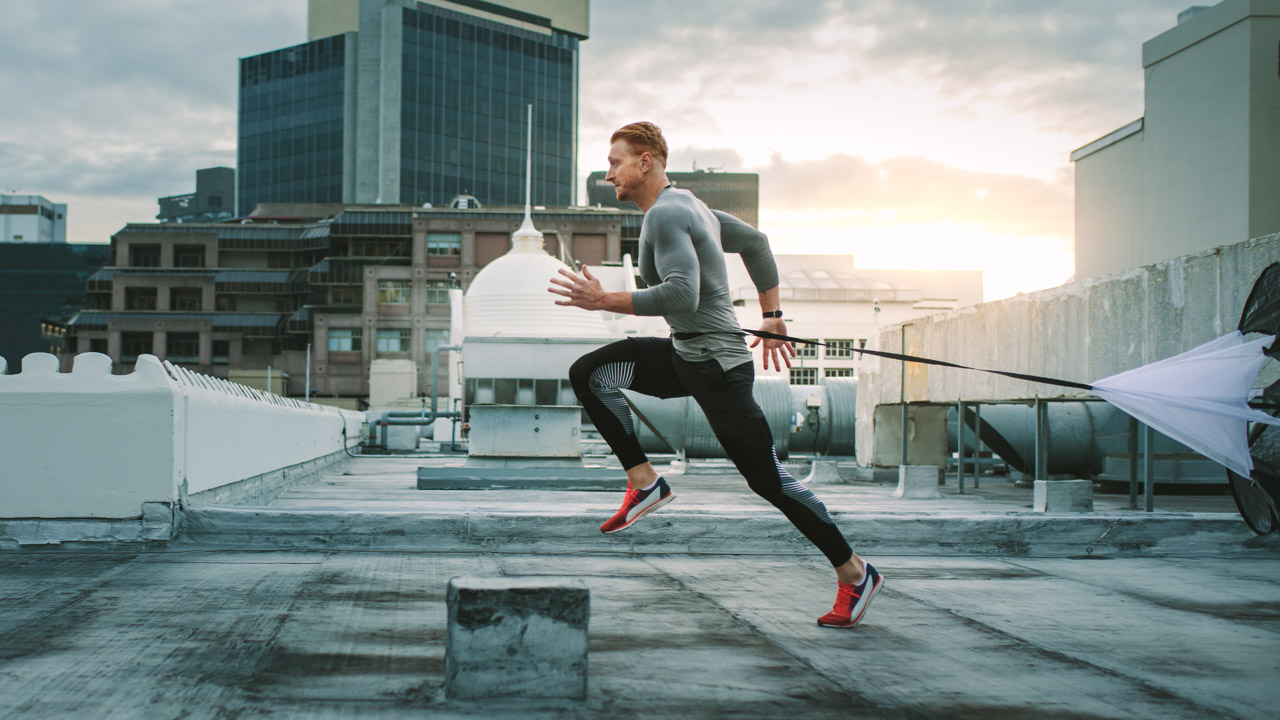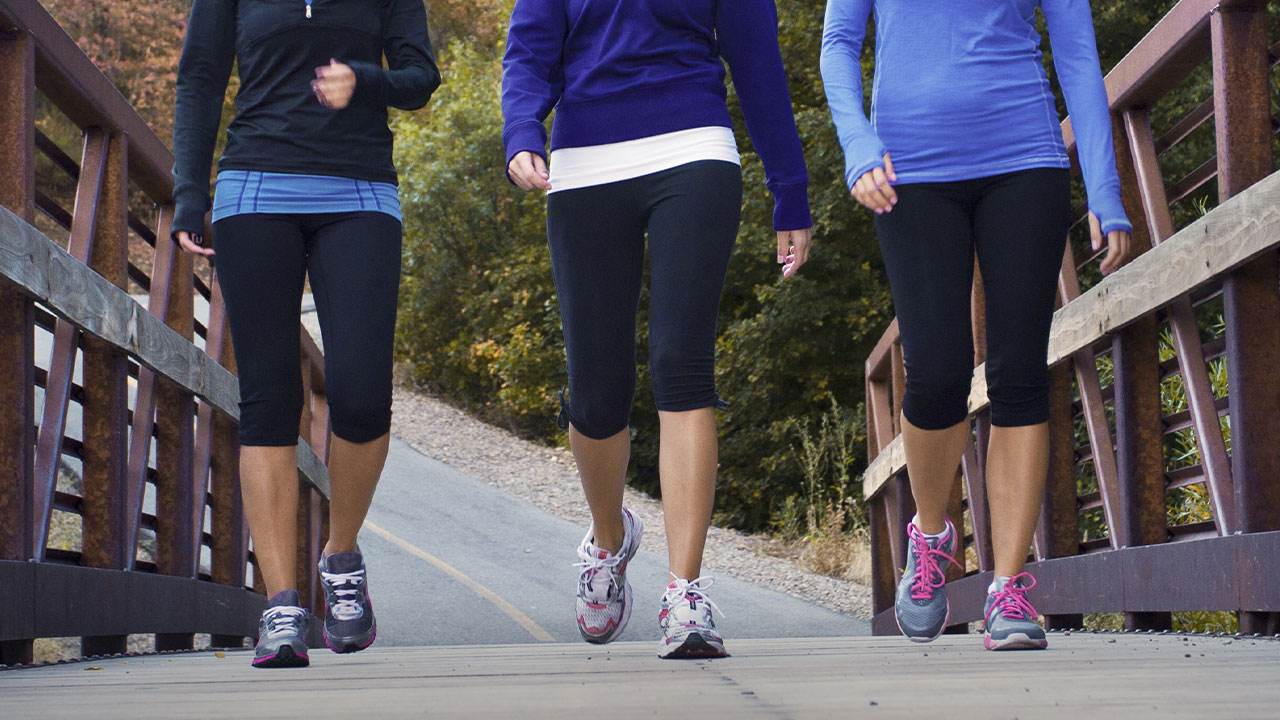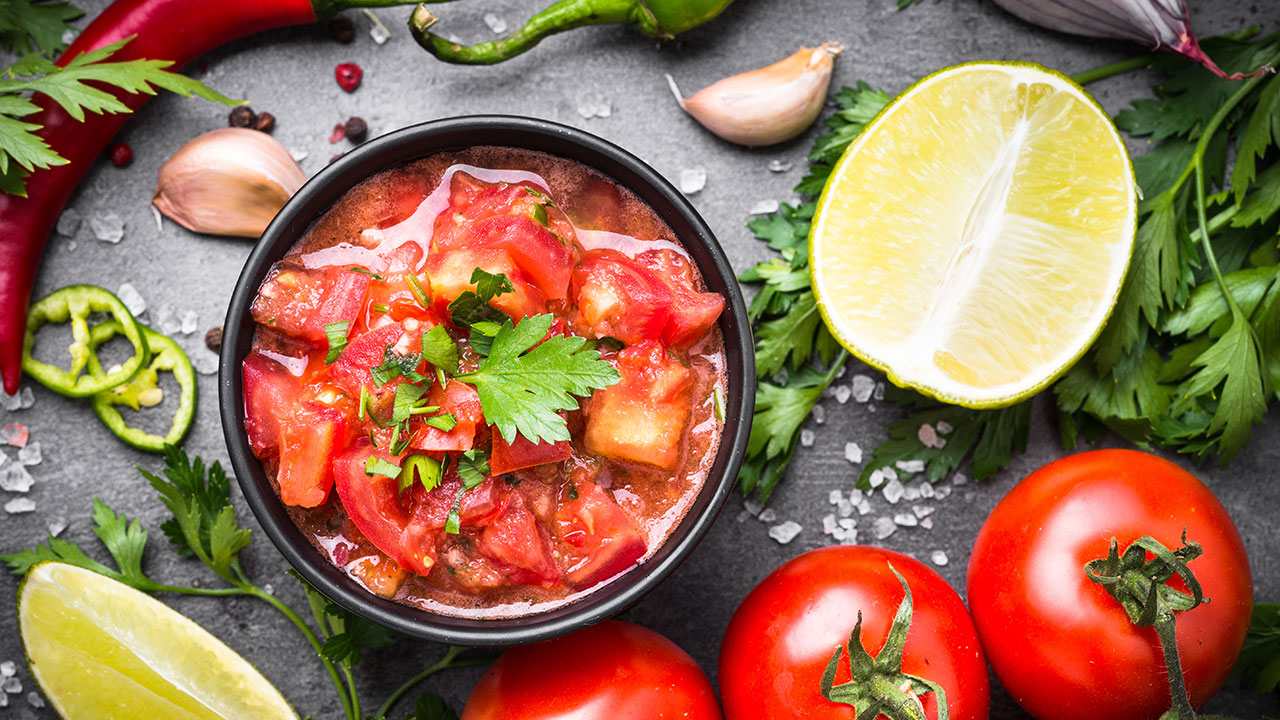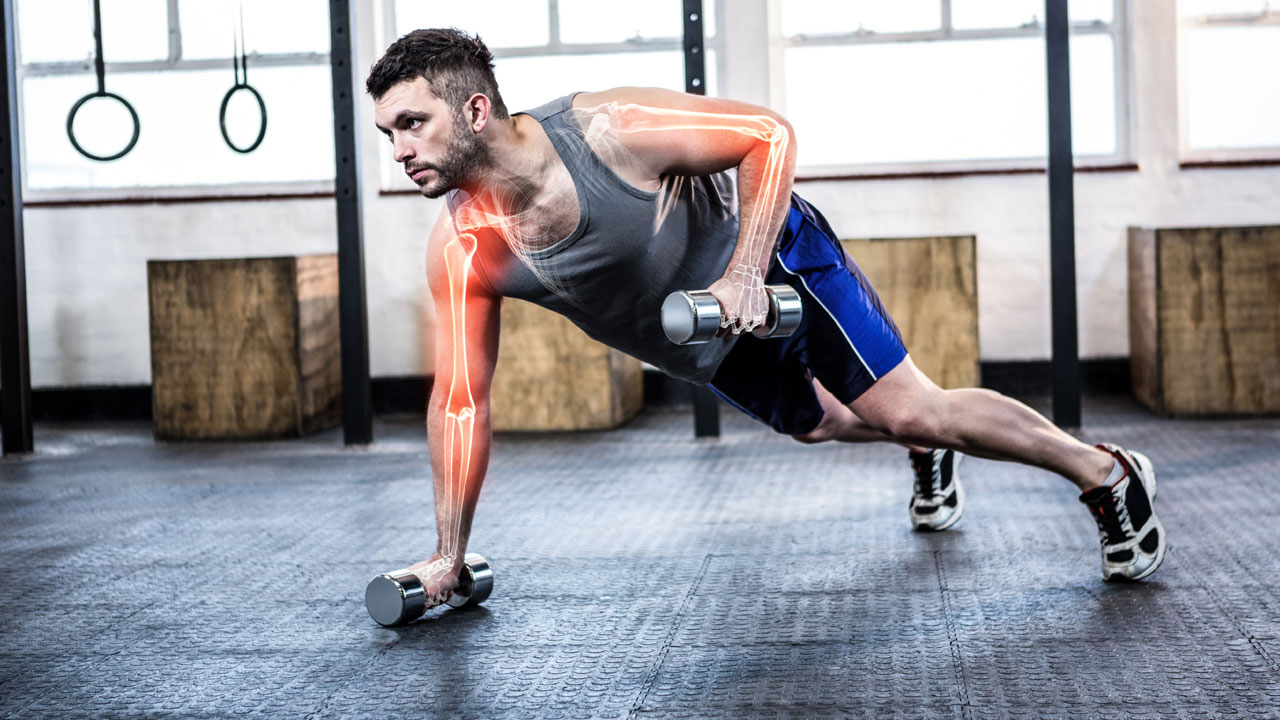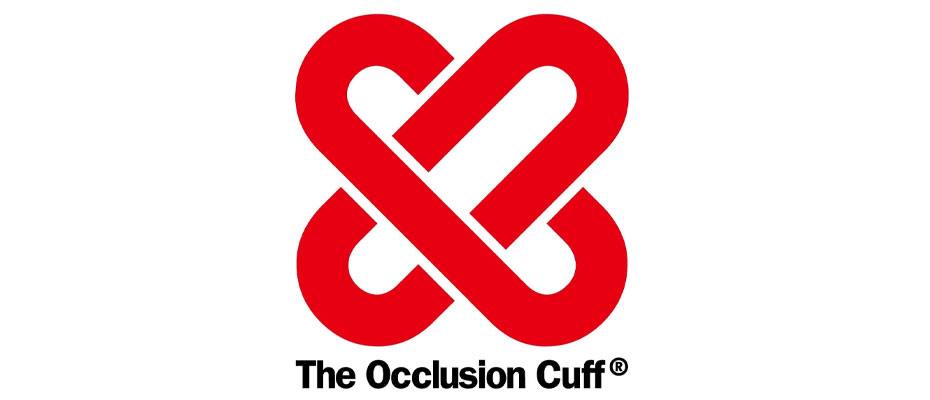Fruits on Keto: What to Eat and What to Avoid
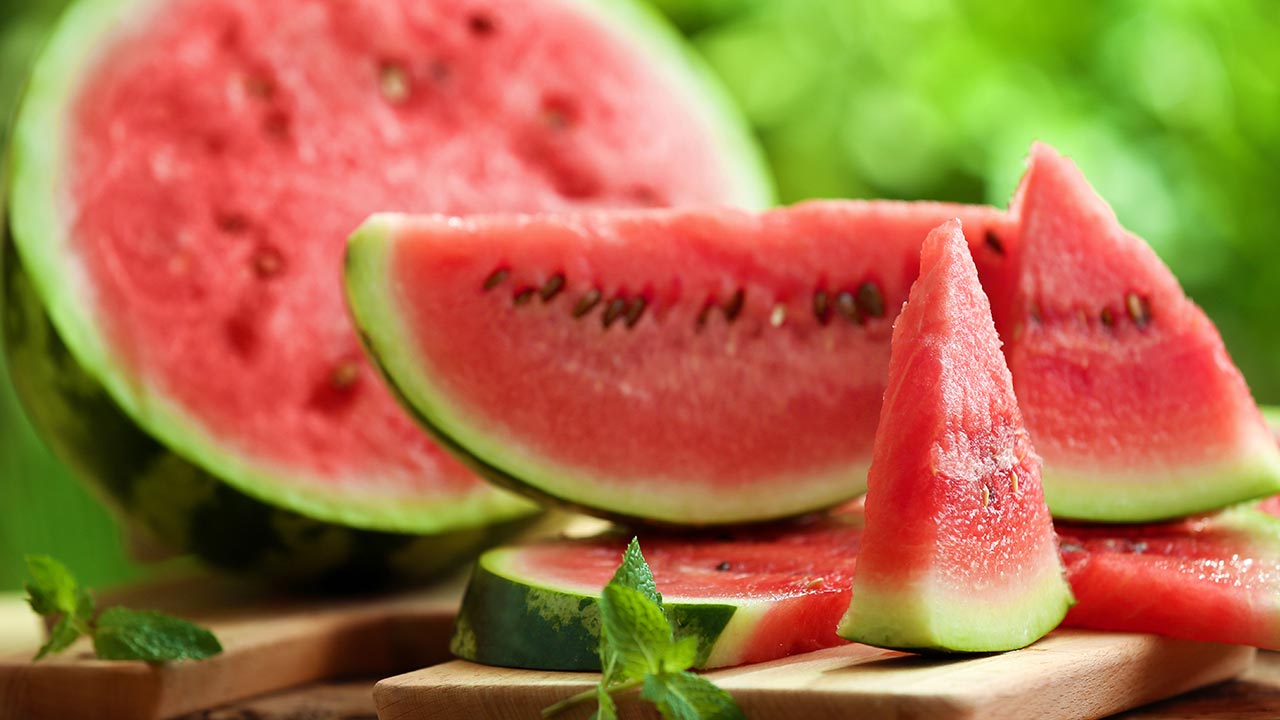
Hey Angels and Alphas,
We all know and understand keto, especially everyone dealing with weight loss. Keto usually involves consuming a lot of fat and basically eliminating most if not all of the carbs from your diet so your body can start using fat as fuel instead of carbs.
But after all, if we want to reap the diet’s benefits, we have to cut a lot of food from our diet that would usually be considered healthy and nutritious, including many fruits.
On average, just about 5 percent of your daily calorie intake should be coming from carbohydrates when you’re on keto.
So when it comes to fruits, they’re kind of tricky to deal with on keto.
To keep your glucose levels low enough for your body to start burning off fat, you would usually need about 25 grams of carbs (or less) a day. But even then, most of that should come from veggies, nuts, and dairy.
This leaves little room for fruit (which is naturally higher in carbs.) In fact, just one little serving of some fruit can technically knock out your daily carb budget on a keto diet.
Since sugar is a carbohydrate and it goes toward your overall allowed intake on a keto diet, you have to limit the amount of fruit you consume and carefully track your intake based on how it fits your overall carb intake.
Some fruits can actually be keto-friendly (when consumed in moderation.)
Luckily, you can still make fruit work for you if you consume small amounts of very specific fruits and incorporating them sparingly into your diet. In a lot of cases, you will still be knocking off a big chunk of your daily carb budget so you have to make sure you’re tracking your intake throughout the day.
Let’s take a look at some fruits you can opt for if you want to treat yourself to some sweet fruit but still stay within your daily carb allowance:
#1 TOMATOES
Tomatoes are a fruit, after all! Tomatoes are subtly sweet and they’re abundant in minerals such as potassium and vitamin C – both are worth adding to your ketogenic meals. Pair a few tomato slices with avocado or just add some diced tomatoes to your salad to reap the benefits (and sweetness) of this fruit.
#2 AVOCADO
Avocado is high in fat, and it’s basically a staple for all keto dieters. Not only does it provide you with about 20 essential minerals and vitamins, but it’s also high in fiber, so it keeps you satiated. You can add your avocados to keto smoothies or just by themselves with a little seasoning on top.
#3 STRAWBERRIES
Strawberries are also rich in potassium, and they make a great source of fiber. With a few sliced strawberries into a fat-filled salad, you can add some extra sweetness to your ketogenic meal, or just enjoy them with some unsweetened whipped cream.
#4 RASPBERRIES
Raspberries are very high in fiber (with a whopping 6 grams per serving.) They’re also low in sugar which makes them the perfect fit for keto dieters. When those sweet cravings strike, just grab a handful of raspberries and you’ll have everything you need in the palm of your hand. Literally.
#5 WATERMELON
Watermelon is a fruit that’s extremely high in water content. It’s also rich in antioxidants (and, you guessed it, potassium.) It’s sweet yet very low in calories, and it serves as a great refreshing snack during these hot summer days.
That being said, there are a few fruits you definitely want to avoid when you’re on a ketogenic diet. And certain fruits just won’t be as easy to fit into your keto framework. They include:
Apples – Even though apples provide about 5 grams of fiber, they are still too high in carbs for a keto dieter.
Dates – dates have a caramel-y flavor and a high potassium content, yet they’re still small sugar bombs. Consider them a no-go.
Grapes – Grapes not only taste darn good, they’re also a very rich source of antioxidants. But they still contain a high amount of net carbs per serving, knocking out more than half of your daily carb allowance.
Bananas – another fruit high in potassium, bananas are one of those fruits very high in carbs and very difficult to implement in a keto diet.
Pineapple – just like most tropical fruits, pineapple is very sweet which makes it a no-go on keto. If you’re craving that tropical flavor, you can enjoy some shredded coconut which is very low in carbs.

